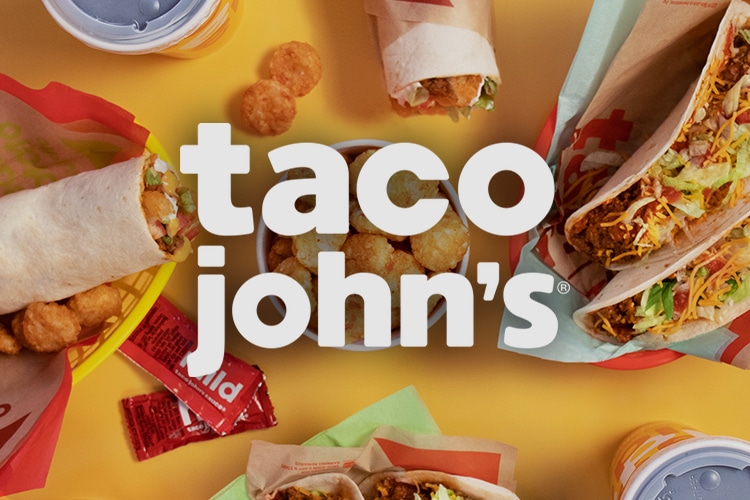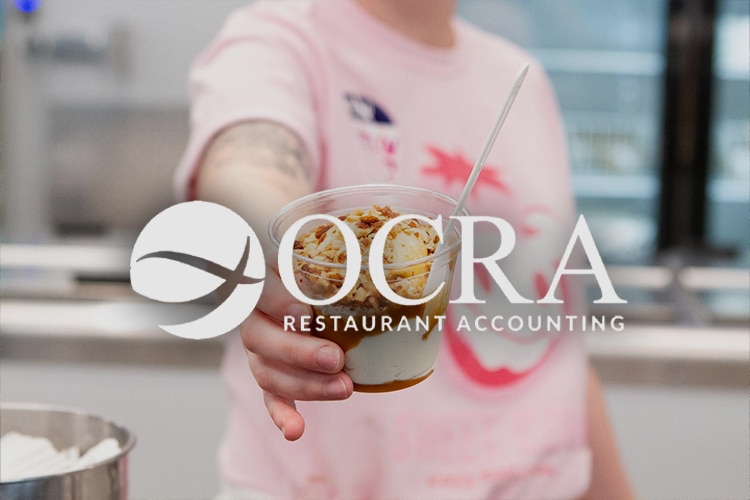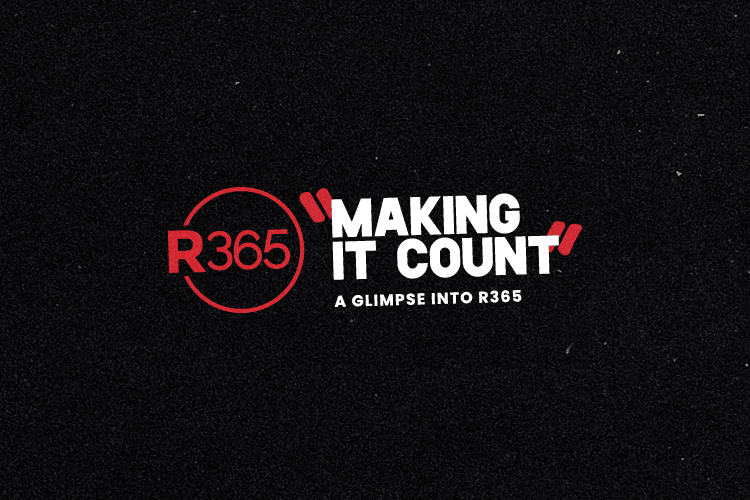The Complete Guide to Starting a Restaurant reviews some critical considerations for opening a new restaurant. Learn some common best practices for your accounting when getting started.
For more information on how to start a restaurant, check out our other posts in this series.
- How to Start a Restaurant Complete Guide
- Opening timeline and checklist
- How to create your restaurant’s business plan
- Restaurant accounting 101
- Restaurant concept and design
- Naming your restaurant
- Choosing the right layout and suppliers
- Pricing out your menu
- How to select the right POS for your restaurant
- How to create the perfect schedule
- Restaurant opening day checklist
One common issue restaurants face is that they do not have the accounting skills to keep their finances in order. In such a low margin industry – especially when first opening – you need to be on top of your finances at all times.
Whether you do your own accounting, outsource it completely, or outsource only certain functions, you need to be sure that your process is set up correctly from the beginning. Below are tips for any new restaurant owner to consider when it comes to setting up your restaurant accounting.
Set up your accounting calendar correctly
A lot of people will just assume that you go by a regular calendar year when setting up your accounting structure. However, restaurants function on a week to week basis. Therefore, you want a fiscal calendar where your periods consist of complete, fiscal weeks. Using a 4-4-5 or 13×4 fiscal calendar will allow your fiscal weeks to fall in line with your periods. This makes it easier to determine trends in week-by-week and period-by-period comparisons and reduces the need for journal entries to allocate labor to the correct periods.
Determine GL codes wisely
There are several ways to structure your general ledger (GL), but you should give preference to methods that maximize continued consistency over time. This allows you to carefully think through how you want to group everything, in advance. Adding too many codes can make your accounting tedious and confusing, while too few codes will make it hard to drill down enough to uncover issues.
For example, you may want to break your cost accounts into 6-10 smaller accounts (meat, dairy, produce, non- alcoholic beverage, liquor, grocery, bread, etc.) to make it easier to track your cost of goods percent. If you serve a good amount of alcohol, then you may even consider separate categories for beer, wine and liquor to pinpoint potential issues.
Enter Accounts Payable (AP) weekly
Entering your purchases in a timely manner will help you know exactly where you stand each week, allowing you to tweak your spending accordingly. This is vital to maintain a healthy cash flow in such a low-margin industry, where one week you may turn a profit, only to have an overdraft the next.
Re-evaluate your budgets
As your sales fluctuate, make sure your spending does too. Knowing where you stand financially on a real-time basis will help you to not overspend when sales are lower, while simultaneously allowing you to purchase more when the sales warrant it.
Opening your own restaurant is a lot of hard work. There are so many factors that can make or break your business; poor accounting should not be one of them. While accounting may not be your passion, be careful not to overlook the role it plays in your future success. Setting up your processes properly and then carefully managing them can truly help you realize your restaurateur’s dreams.



